Home>Garden Essentials>How Do You Lay Turf Grass
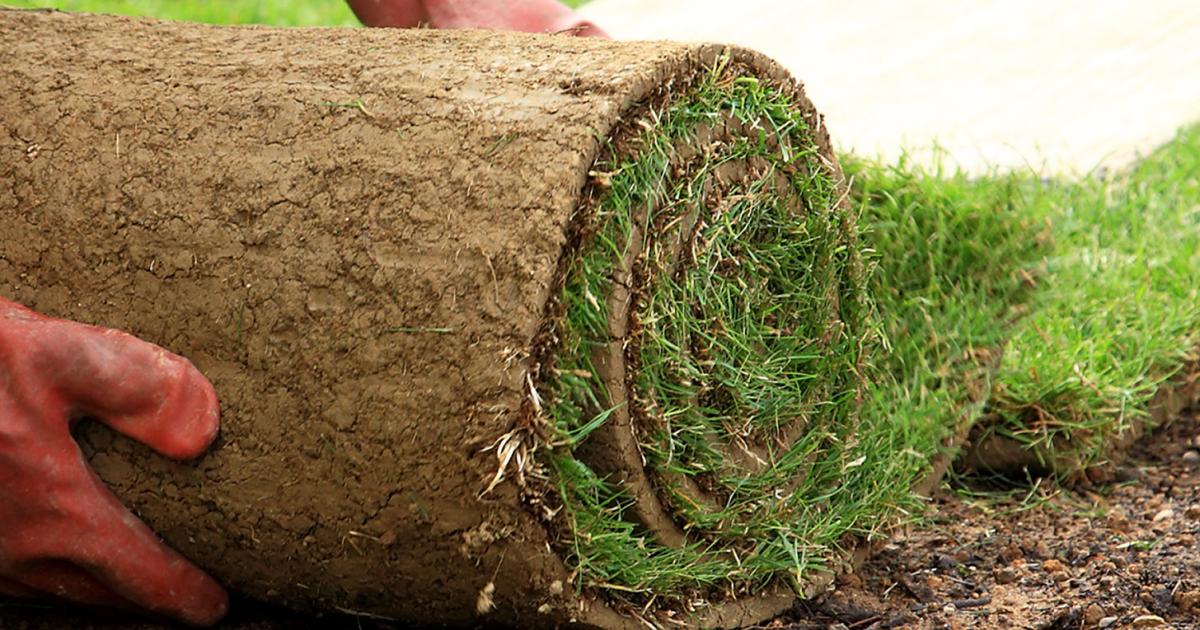

Garden Essentials
How Do You Lay Turf Grass
Modified: March 7, 2024
Discover the best way to lay turf grass in your garden. Step-by-step guide on preparing soil, installation, and maintenance for a lush green lawn.
(Many of the links in this article redirect to a specific reviewed product. Your purchase of these products through affiliate links helps to generate commission for Storables.com, at no extra cost. Learn more)
Introduction
Gardening enthusiasts understand the joy and satisfaction that comes from maintaining a beautiful and healthy garden. One of the key elements in creating a vibrant garden is the inclusion of a lush and well-maintained turf grass. Turf grass not only enhances the visual appeal of your garden but also provides a functional space for various activities.
If you are looking to install a new turf grass in your garden, it is important to understand the proper techniques for laying it down. This ensures that your turf grass settles in well and thrives in its new environment. In this article, we will guide you through the step-by-step process of laying turf grass, giving you the knowledge and confidence to create a stunning green oasis.

Before we jump into the process, it is crucial to prepare the soil properly. This includes clearing the area of any debris, removing existing grass or weeds, loosening the soil, and leveling the surface. Taking the time to prepare the soil will provide a solid foundation for your turf grass to grow and flourish.
Once the soil is ready, the next step is to choose the right type of turf grass for your garden. Consider factors such as climate, sunlight exposure, and foot traffic to determine the best turf grass variety. Measuring the area accurately is also important to ensure you purchase the appropriate amount of turf.
After selecting and measuring the turf, it is time to prepare it for installation. Unroll the turf rolls and inspect them for any irregularities or damages. Trim any excess edges if necessary.
Now comes the exciting part – laying the turf! Start from one corner of the area and systematically unroll the turf rolls, making sure they are tightly adjacent to each other. Press down the turf firmly to establish good contact with the soil.
Watering the newly laid turf is essential to promote root growth and prevent drying out. Follow a watering schedule and ensure that the turf receives adequate moisture. Using a roller can help ensure the turf has good contact with the soil, eliminating air pockets.
Finally, post-installation care is crucial for the health and longevity of your turf grass. This includes regular watering, avoiding walking on the turf too soon after installation, and following proper maintenance practices.
By following these steps and providing the proper care, you will be able to lay turf grass like a pro and enjoy a stunning, vibrant garden that will be the envy of your neighbors. So, let’s get started on creating that lush green paradise!
Key Takeaways:
- Prepare the soil by clearing debris, removing existing grass, loosening the soil, and leveling the surface to create a strong foundation for your turf grass to grow and thrive.
- Choose the right turf grass for your climate and accurately measure the area for optimal coverage. Lay the turf systematically, water it thoroughly, and provide post-installation care for a stunning and vibrant lawn.
Read more: How Do You Lay Astro Turf
Step 1: Preparing the Soil
Before you can lay turf grass, it is important to prepare the soil properly. This step sets the foundation for healthy root growth and ensures the success of your turf grass installation. Follow these key steps to prepare the soil:
Clearing the Area: Start by clearing the area where you plan to lay the turf grass. Remove any debris, rocks, or large objects that may hinder the evenness of the surface. This will create a clean and smooth canvas for your new turf grass.
Removing Existing Grass or Weeds: If there is existing grass or weeds in the area, it is crucial to remove them before laying the turf. This can be done by manually pulling them out or using a herbicide specifically designed for grass and weed removal. Make sure to follow the product instructions carefully and allow sufficient time for the herbicide to take effect.
Loosening the Soil: Once the area is clear of grass and weeds, it’s time to loosen the soil. Use a garden fork or a rototiller to break up any compacted soil. This allows for proper drainage and root penetration. Loosening the soil also helps to improve nutrient absorption and overall soil health.
Leveling the Surface: After loosening the soil, use a rake or a leveling tool to create an even surface. Remove any large clumps or rocks, and fill in any low spots with additional soil. Ensure that the surface is smooth and level, as this will prevent water pooling and provide a uniform base for the turf grass installation.
By following these steps to prepare the soil, you are setting the stage for optimum turf grass growth. A well-prepared soil promotes proper root development and allows the turf grass to establish itself firmly, ensuring a beautiful and healthy lawn.
Step 2: Choosing and Measuring the Turf
Choosing the right type of turf grass and accurately measuring the area are crucial steps in ensuring the success of your turf installation. Here’s how to go about it:
Selecting the right type of turf grass: Different turf grass varieties thrive in different climates and environments. Consider factors such as the amount of sunlight the area receives, the climate of your region, and the level of foot traffic the turf will endure. Some common turf grass varieties include Bermuda grass, Kentucky bluegrass, and Zoysia grass. Research the characteristics and maintenance requirements of each variety to determine which one is most suitable for your specific needs.
Measuring the area for accurate coverage: Before purchasing your turf grass, accurately measure the area you plan to cover. It’s essential to be precise with your measurements to ensure you buy the right amount of turf. Start by measuring the length and width of the area in meters or feet. Multiply these two measurements to calculate the total square footage or square meters. It’s a good idea to add a small percentage extra to account for any wastage or trimming required, typically around 5-10%.
By selecting the appropriate turf grass variety for your climate and accurately measuring the area, you are laying the foundation for a successful turf installation. Taking the time to make informed choices will result in a vibrant and healthy lawn that thrives for years to come.
Step 3: Preparing the Turf
Once you have chosen the right type of turf grass and measured the area, it is time to prepare the turf for installation. This step involves unrolling and inspecting the turf rolls, as well as trimming the edges if necessary.
Unrolling and inspecting the turf rolls: Before you begin laying the turf, unroll the turf rolls and inspect them for any irregularities or damages. Look for any tears, bald patches, or signs of disease or pest infestation. It’s important to identify any issues before installation to avoid complications later on. If you notice any problems with the turf, contact your supplier for replacements or seek professional advice.
Trimming the edges if needed: In some cases, the edges of the turf may extend beyond the desired area. Using a sharp knife, trim the excess turf along the edges, ensuring a clean and precise fit. Take care not to damage the main body of the turf while trimming. This step helps create a seamless and professional-looking finish for your turf installation.
By carefully inspecting the turf rolls and trimming the edges if necessary, you can ensure that you are working with high-quality turf that is free from defects. This will contribute to the overall aesthetics and longevity of your lawn.
Before laying turf grass, make sure to prepare the soil by removing any debris and weeds, then level and compact the soil. Lay the turf in a staggered pattern to avoid gaps, and water it immediately after installation.
Step 4: Laying the Turf
Now that you have prepared the turf and the soil, it’s time to start laying the turf grass. This step requires careful attention to detail and systematic installation to ensure a seamless and professional outcome. Follow these steps to lay the turf successfully:
Starting from one corner: Begin laying the turf from one corner of the area. This will serve as the starting point for your installation. Align the edge of the turf roll with the edge of the area, ensuring a flush and straight fit.
Unrolling the turf rolls systematically: Unroll the turf rolls systematically, working your way across the area. Make sure each roll is tightly adjacent to the previous one, without any gaps or overlaps. Take your time to ensure proper alignment and a seamless transition between the rolls.
Pressing down the turf firmly: As you unroll each turf roll, press it down firmly to establish good contact with the soil. This helps eliminate air pockets and encourages root-to-soil contact. Use your hands or a lawn roller to ensure the turf is firmly in place.
Continue this process until the entire area is covered with turf grass. Take care to maintain a consistent level and avoid stepping on the freshly laid turf. The systematic and proper laying of turf will result in a uniform and visually appealing lawn.
Remember to work methodically and pay attention to detail when laying the turf. Taking the time to ensure proper alignment and firm installation will result in a stunning and long-lasting turf grass landscape!
Read more: How To Lay Lawn Turf
Step 5: Watering and Rolling
After successfully laying the turf, it’s important to provide the right care and attention to promote healthy growth and establishment. This includes watering the newly laid turf and using a roller to ensure good contact with the soil. Follow these steps to ensure the best conditions for your turf grass:
Watering the newly laid turf: Immediately after installation, thoroughly water the turf grass. This helps settle the soil and encourages the roots to establish in their new environment. Water the turf generously, ensuring that the soil beneath is moist but not overly saturated. Be mindful of any watering restrictions in your area and adjust accordingly.
Using a roller to ensure good contact with the soil: After watering, use a lawn roller to gently roll over the turf. This helps ensure good contact between the turf and the soil, eliminating any air pockets. A roller can be rented or purchased from a local garden center. Roll in multiple directions to promote even settling and uniform growth.
Repeat the watering and rolling process for the first few weeks after installation to encourage root development and strong establishment. Gradually reduce the frequency of watering as the turf grass takes root and shows signs of healthy growth. Be mindful of weather conditions and adjust the watering schedule accordingly to avoid overwatering or drought stress.
By providing adequate hydration and using a roller to promote good contact with the soil, you are setting the stage for a healthy and vibrant turf grass. These measures help ensure successful root establishment and contribute to the long-term health and beauty of your lawn.
Step 6: Post-Installation Care
Congratulations on successfully laying your turf grass! Now, it’s crucial to provide the proper care and maintenance to ensure its long-term health and beauty. Follow these post-installation care steps to keep your turf grass thriving:
Watering and watering schedule: Proper watering is essential for new turf grass. Water the lawn deeply to encourage the roots to grow deep into the soil. However, be cautious not to overwater, as this can lead to shallow root growth and other issues. Depending on the weather conditions, you may need to water the turf grass 2-3 times a week, adjusting the frequency as needed. Monitor the moisture level and ensure the soil remains consistently moist but not waterlogged.
Avoiding walking on the turf too soon: After installation, it’s important to avoid walking on the turf grass too soon. This gives the roots time to establish properly without undue stress. Avoid any heavy foot traffic or activities that may damage the newly laid turf. Typically, it is recommended to stay off the turf for at least two to three weeks to allow for proper root growth.
Regular maintenance and care tips: To keep your turf grass looking its best, implement a regular maintenance routine. This may include mowing the grass at the appropriate height to promote healthy growth and prevent scalping. It’s important to also fertilize the turf to provide essential nutrients. Be sure to select a fertilizer specifically formulated for turf grass and follow the recommended application rates. Additionally, inspect the lawn for any signs of weeds, diseases, or pests and take appropriate action to keep your turf in top condition.
Remember to avoid excessive use of chemicals or herbicides, as this can harm the turf grass and the surrounding environment. Follow safe and eco-friendly practices to maintain a healthy and sustainable lawn.
By following these post-installation care guidelines, you will promote healthy growth, root establishment, and the long-term vitality of your turf grass. With regular maintenance and care, you can enjoy a lush and vibrant lawn that becomes the envy of your neighborhood.
Conclusion
Congratulations! You are now equipped with the knowledge and steps to successfully lay turf grass in your garden. By following the proper techniques and providing the necessary care, you can create a lush and vibrant lawn that enhances the beauty of your outdoor space.
Remember, preparing the soil is crucial to providing a solid foundation for your turf. Clear the area, remove existing grass or weeds, loosen the soil, and level the surface to create an optimal environment for root growth and establishment.
Next, carefully choose the right type of turf grass for your climate and accurately measure the area to ensure you purchase the correct amount. Take into consideration factors such as sunlight exposure and foot traffic to select the best turf grass variety for your specific needs.
Once you have prepared the turf and the soil, start laying the turf systematically. Begin from one corner, unroll the turf rolls tightly adjacent to each other, and press them down firmly to establish good contact with the soil.
After laying the turf, don’t forget to water it thoroughly and consistently, especially in the first few weeks to encourage root growth. Using a roller to ensure good contact between the turf and the soil is essential for eliminating air pockets and promoting healthy development.
Lastly, provide proper post-installation care including regular watering and a tailored watering schedule, avoiding walking on the turf too soon, and implementing regular maintenance practices such as mowing, fertilizing, and monitoring for weeds and pests.
By following these steps and providing the necessary care, you can enjoy a stunning, vibrant, and well-maintained lawn for years to come. So, roll up your sleeves, put on your gardening hat, and get ready to transform your garden into an oasis of green with your freshly laid turf grass!
Frequently Asked Questions about How Do You Lay Turf Grass
Was this page helpful?
At Storables.com, we guarantee accurate and reliable information. Our content, validated by Expert Board Contributors, is crafted following stringent Editorial Policies. We're committed to providing you with well-researched, expert-backed insights for all your informational needs.
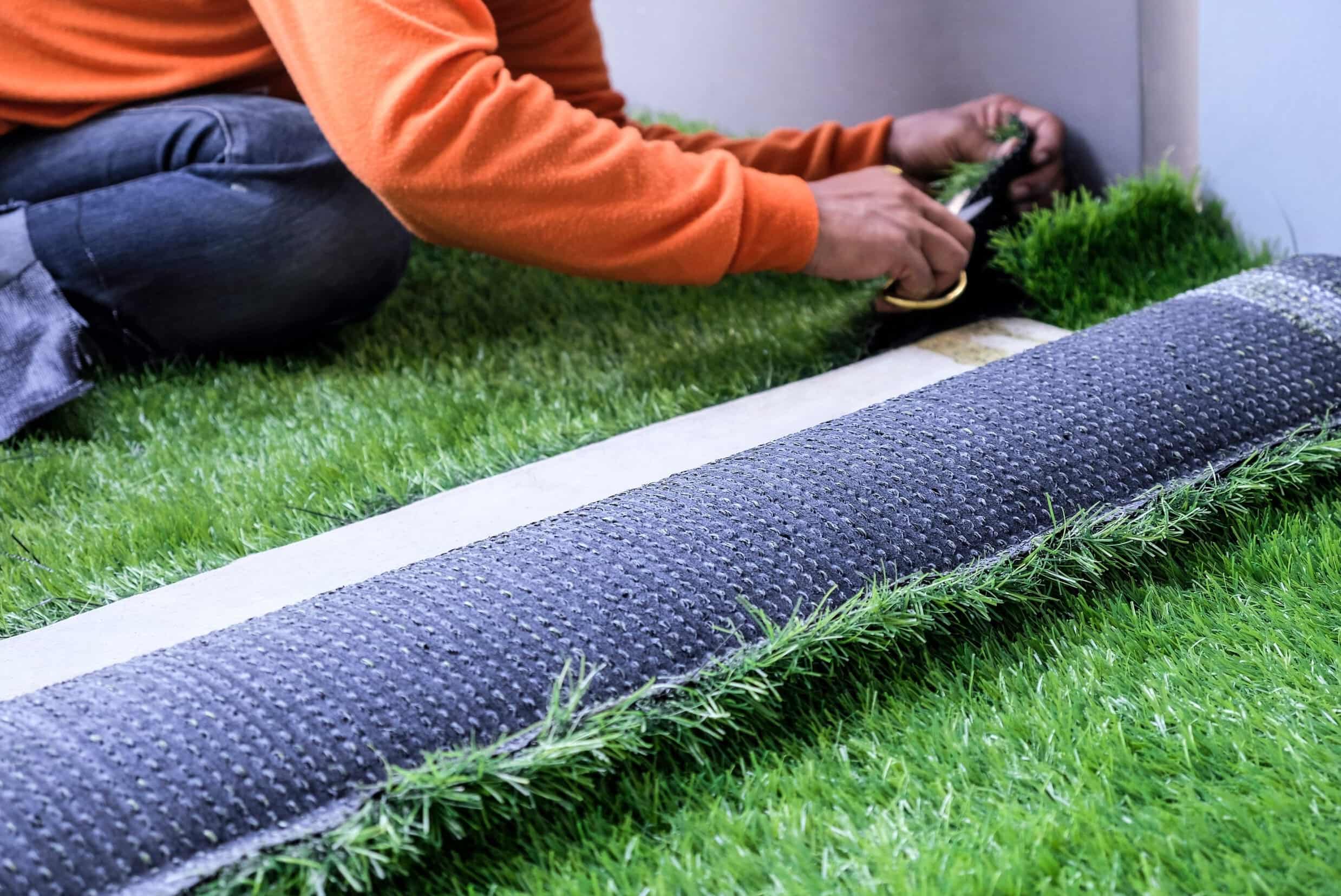
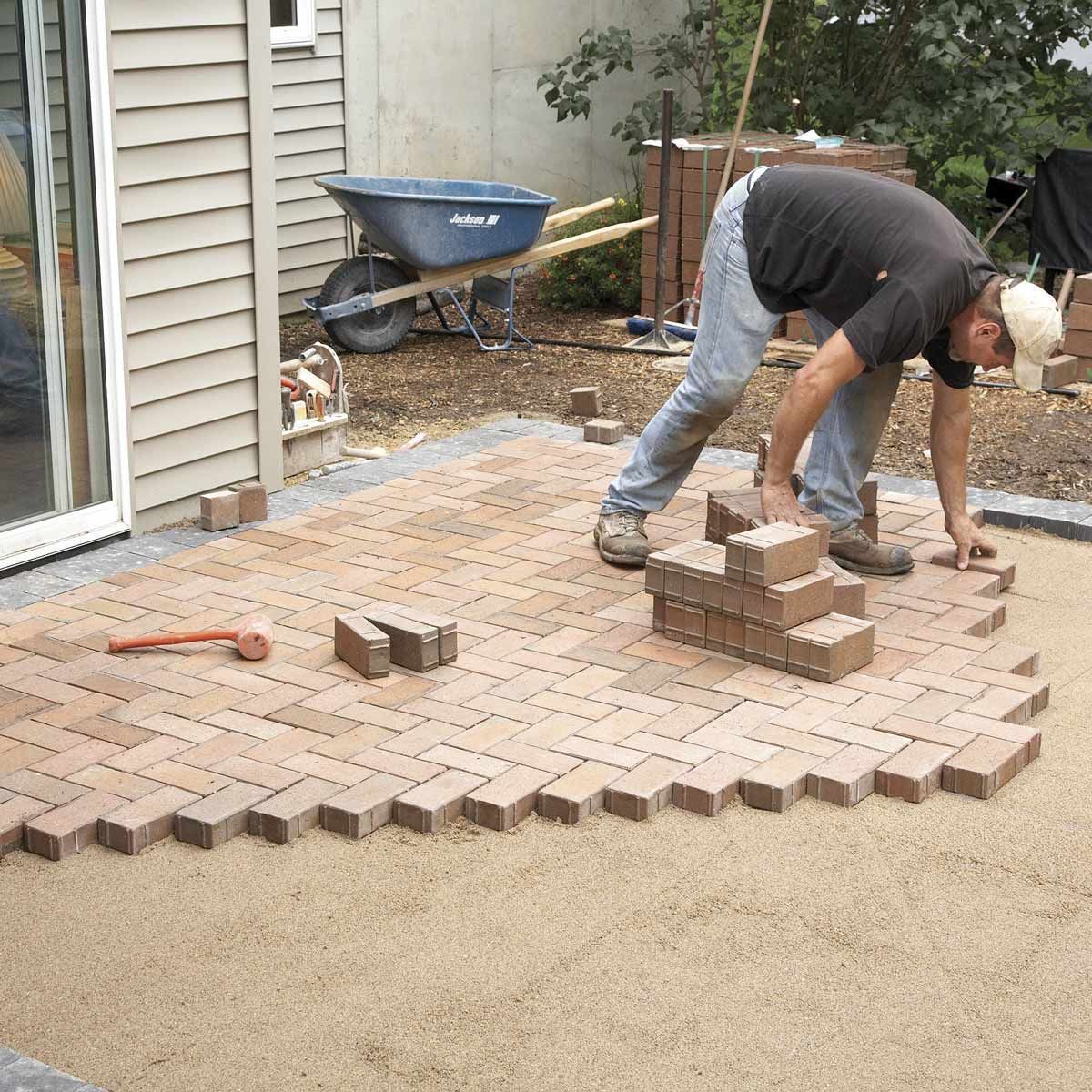
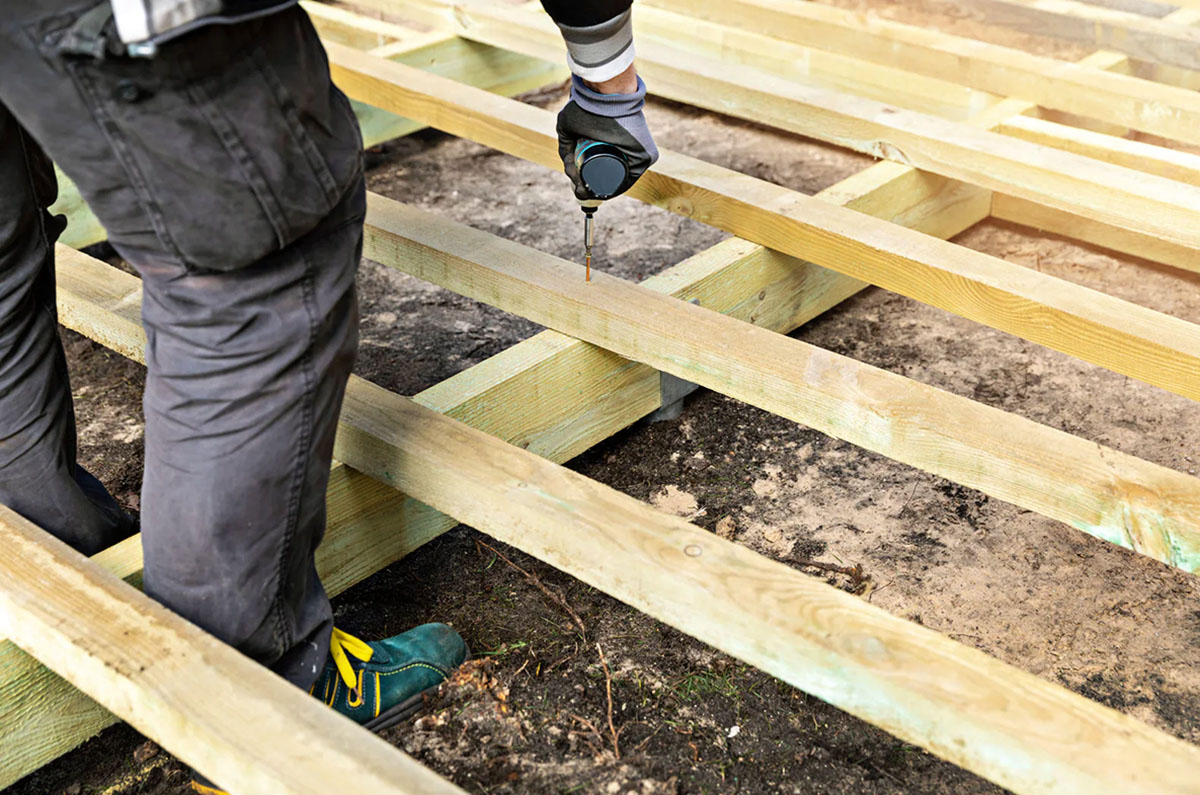
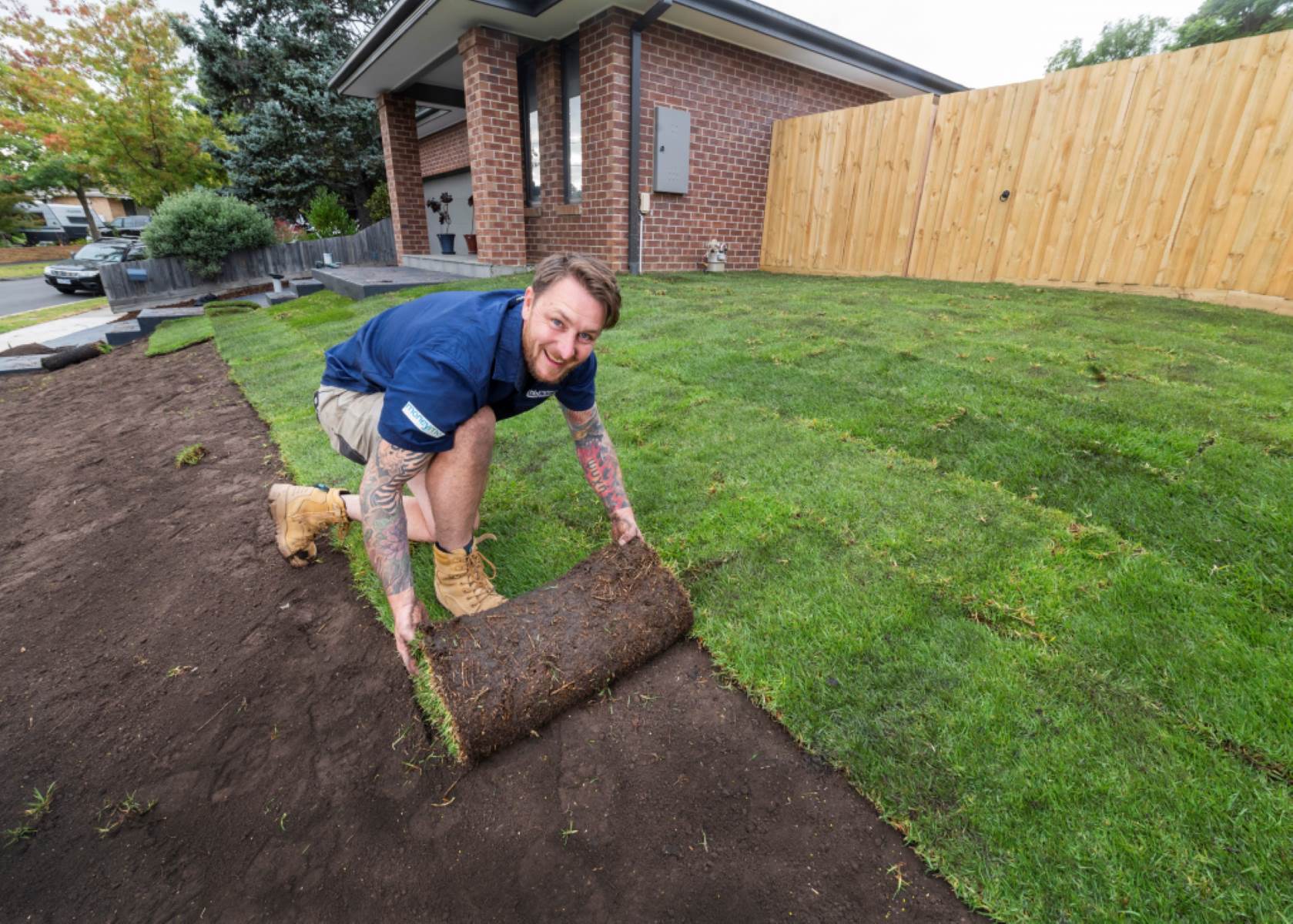
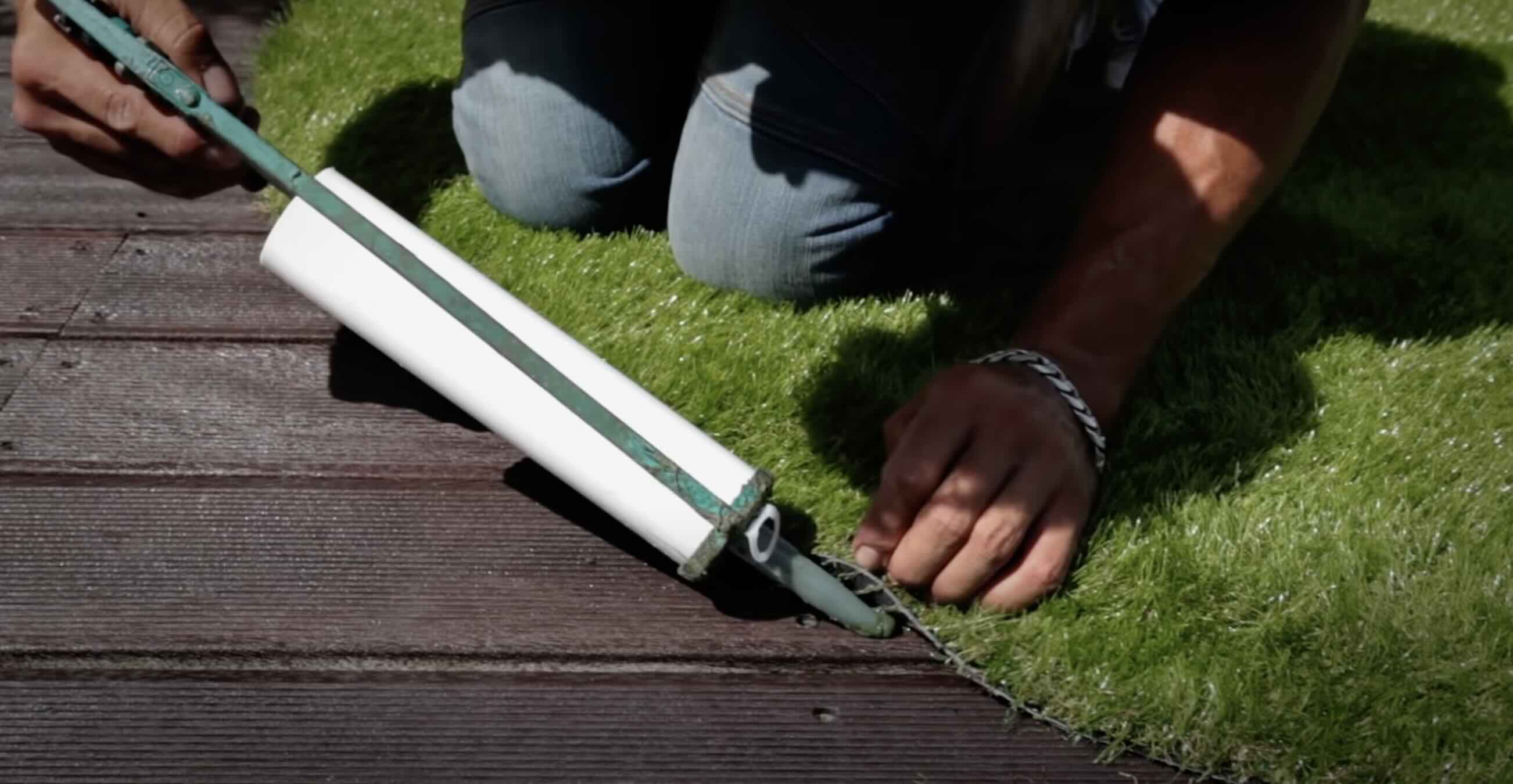
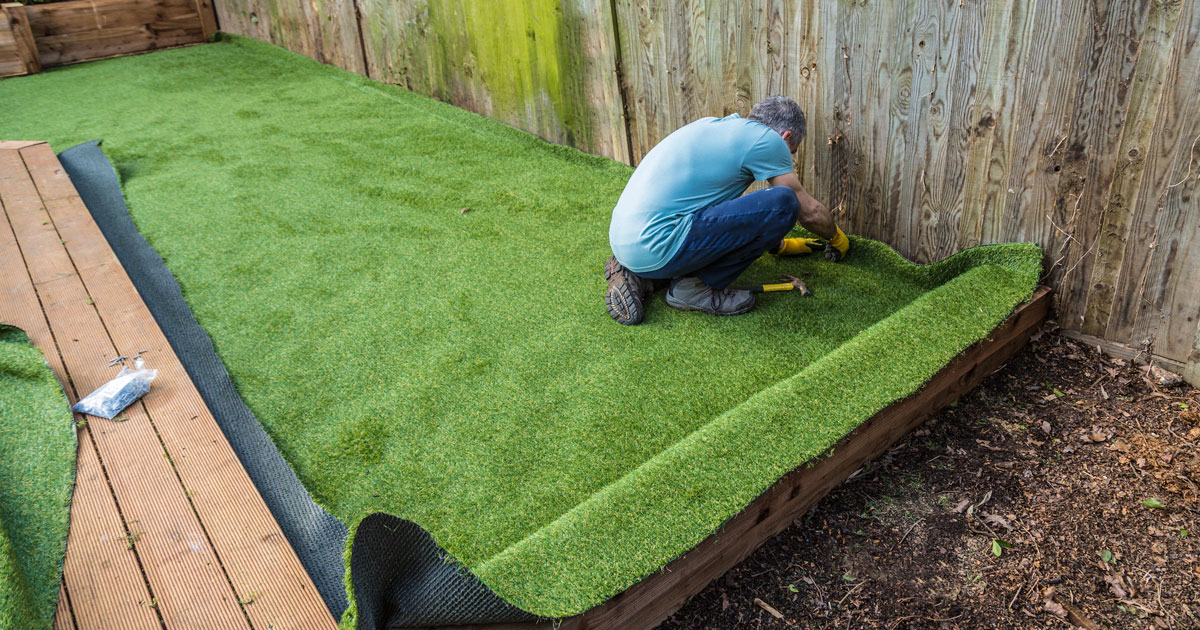
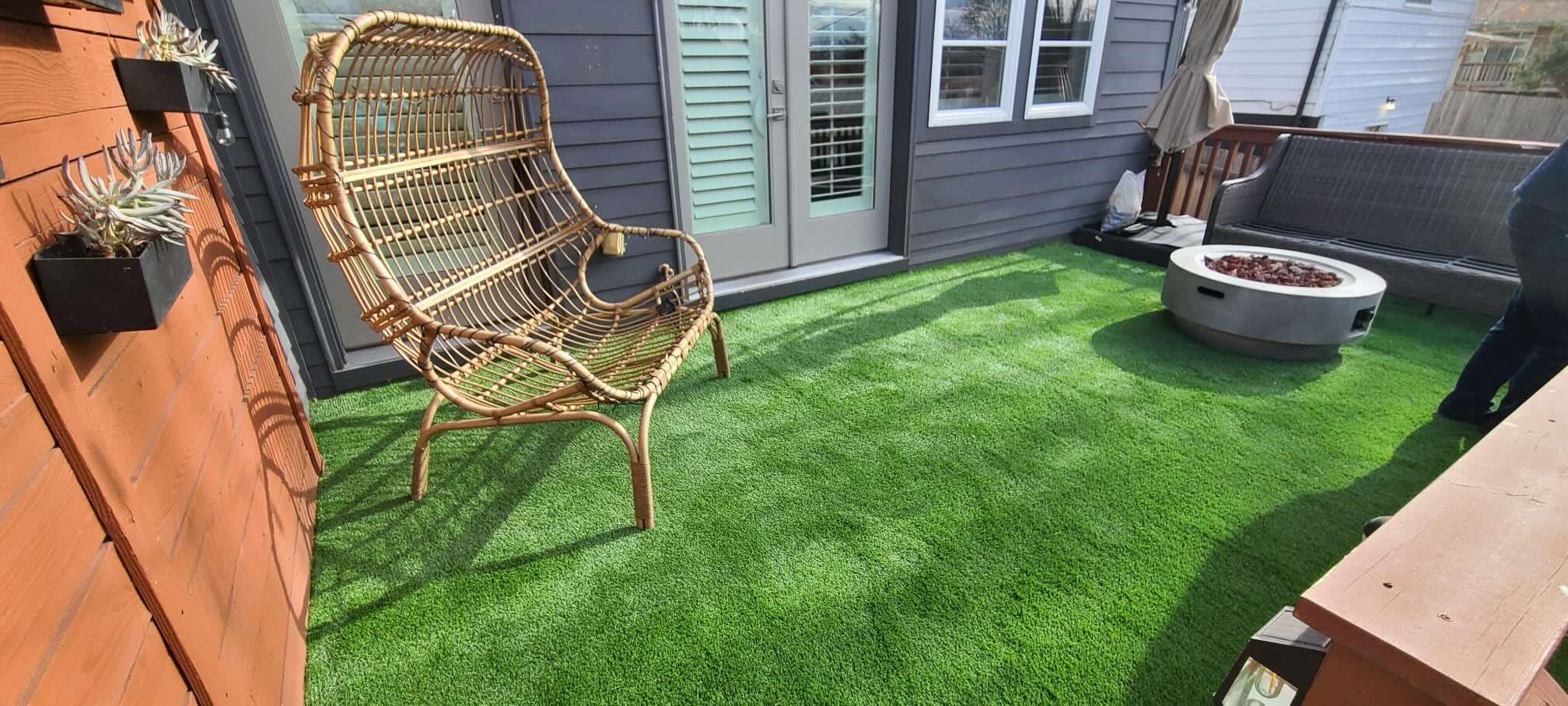
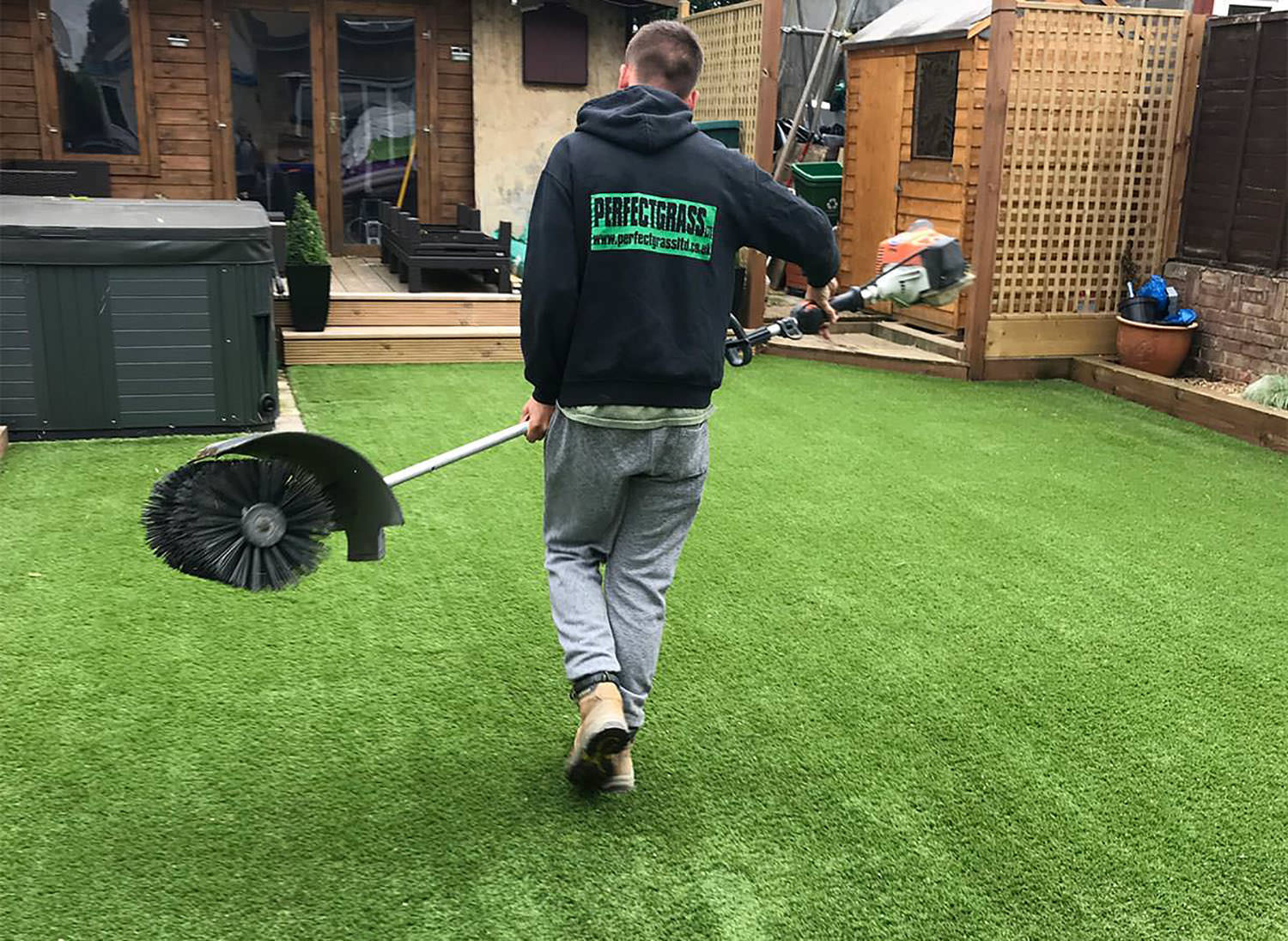
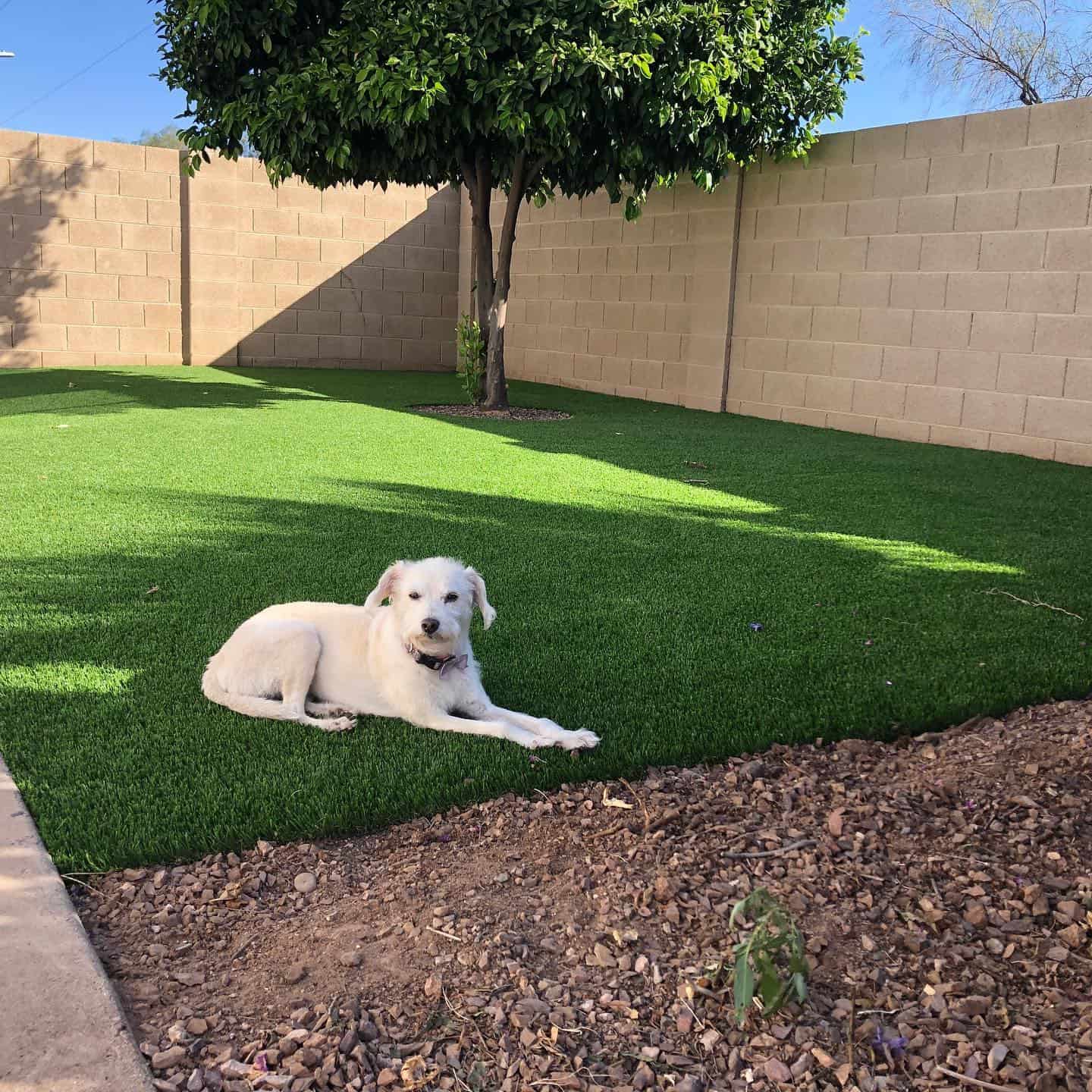
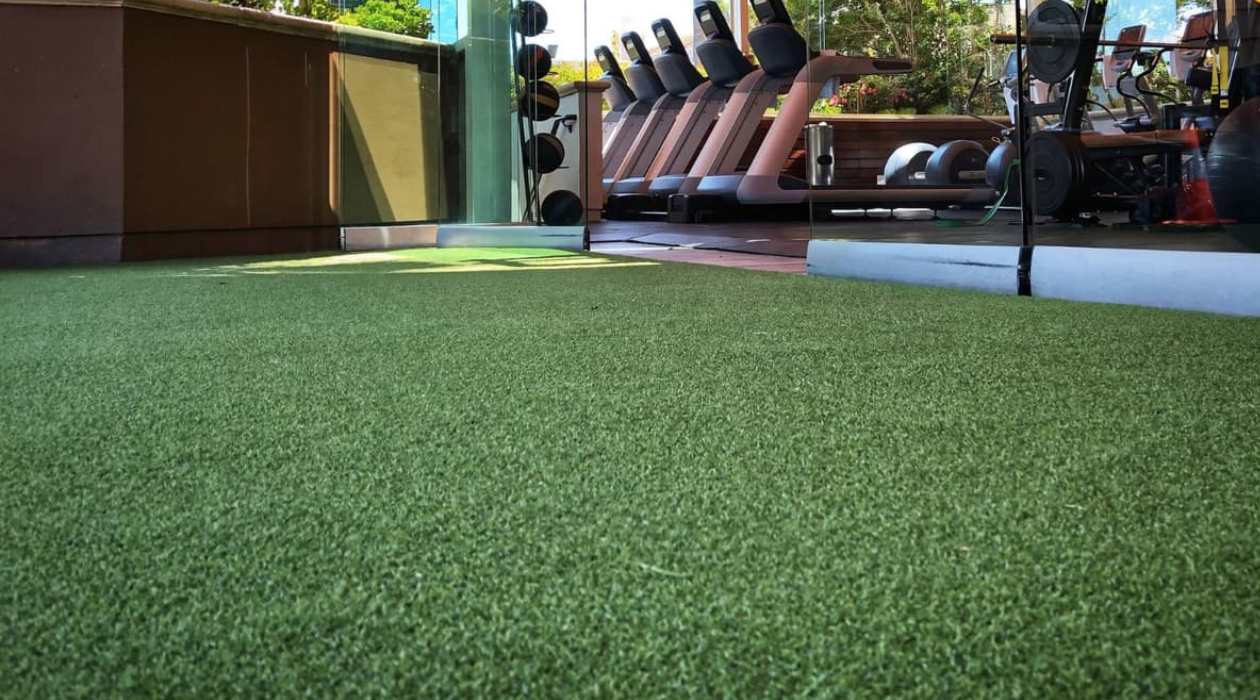
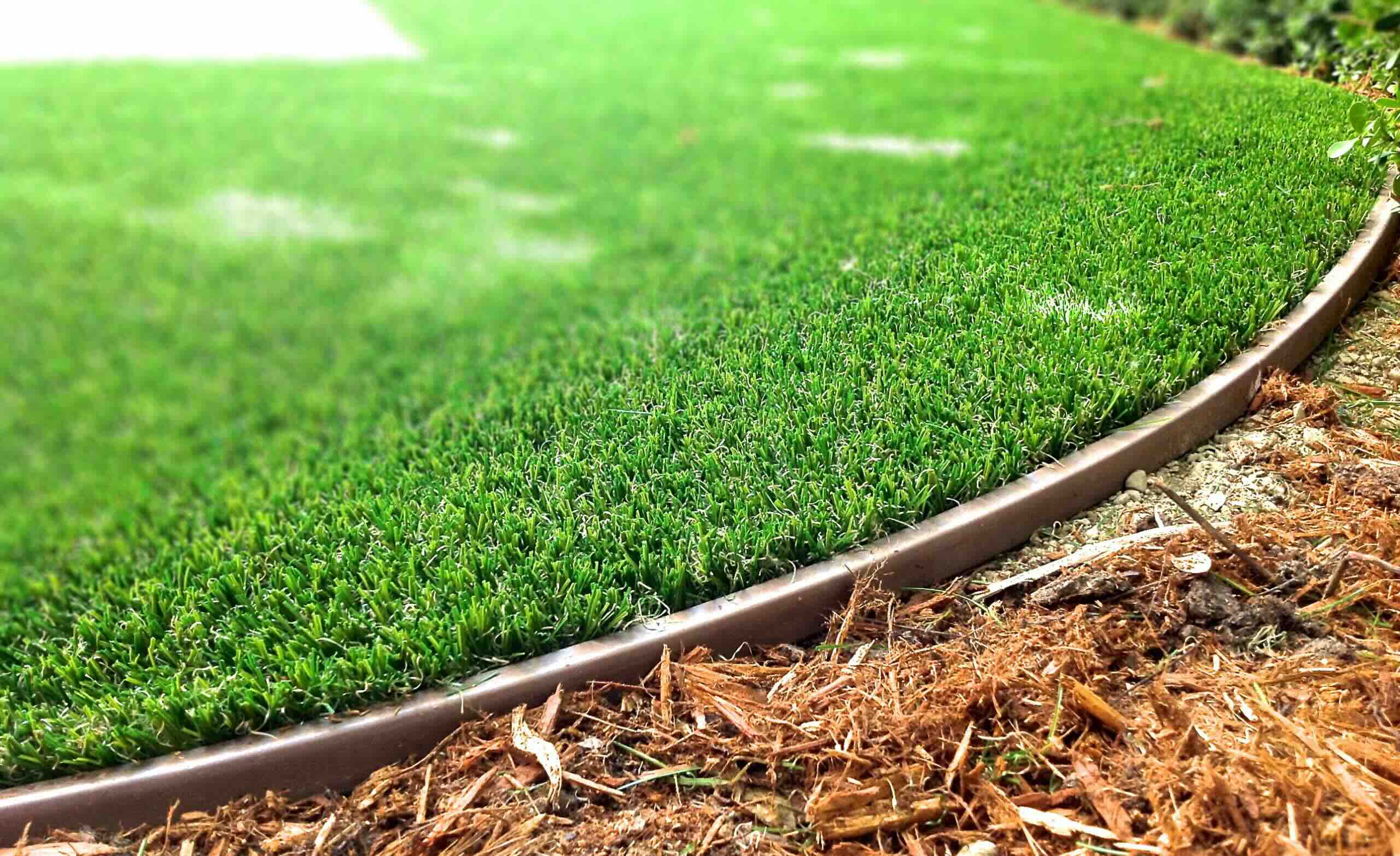
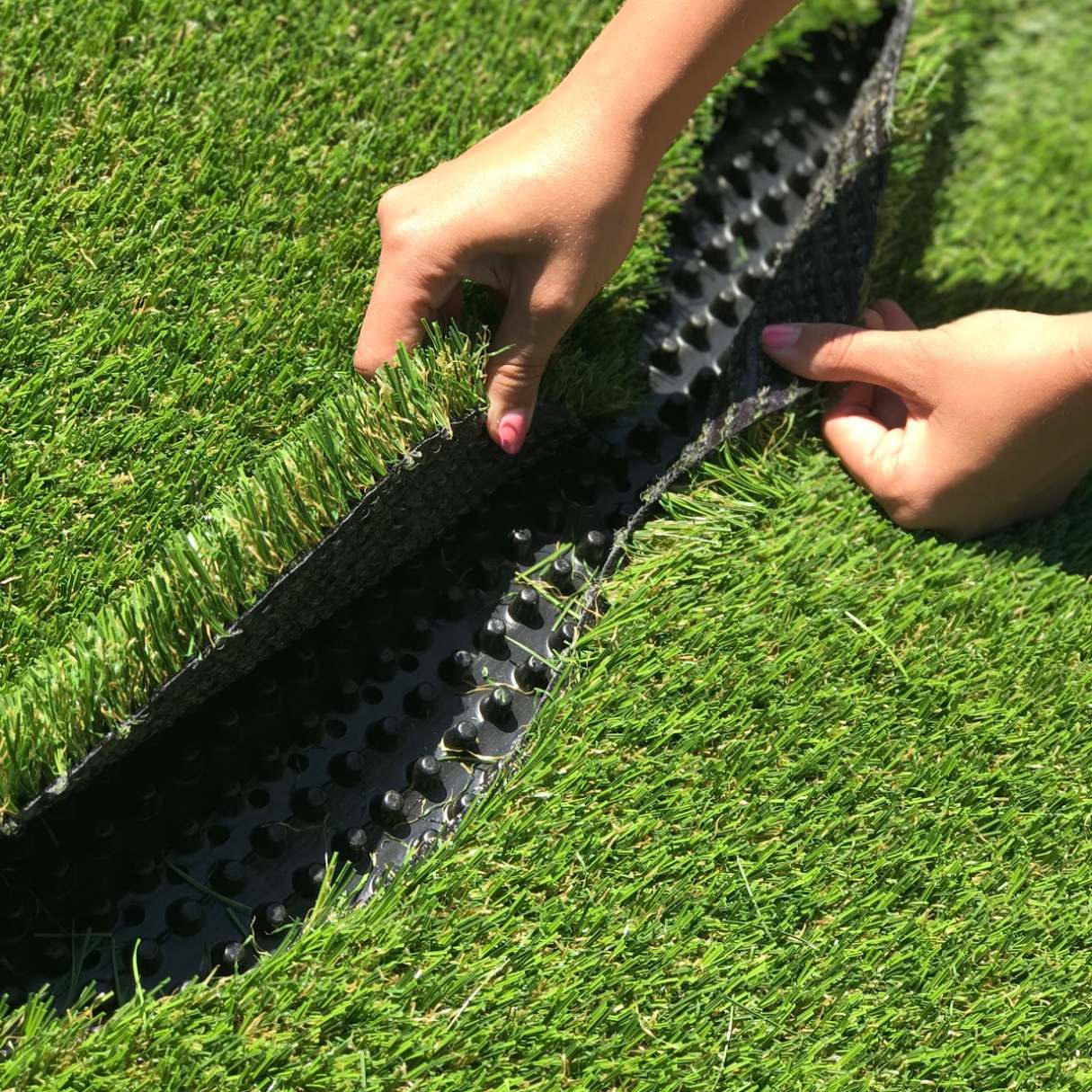

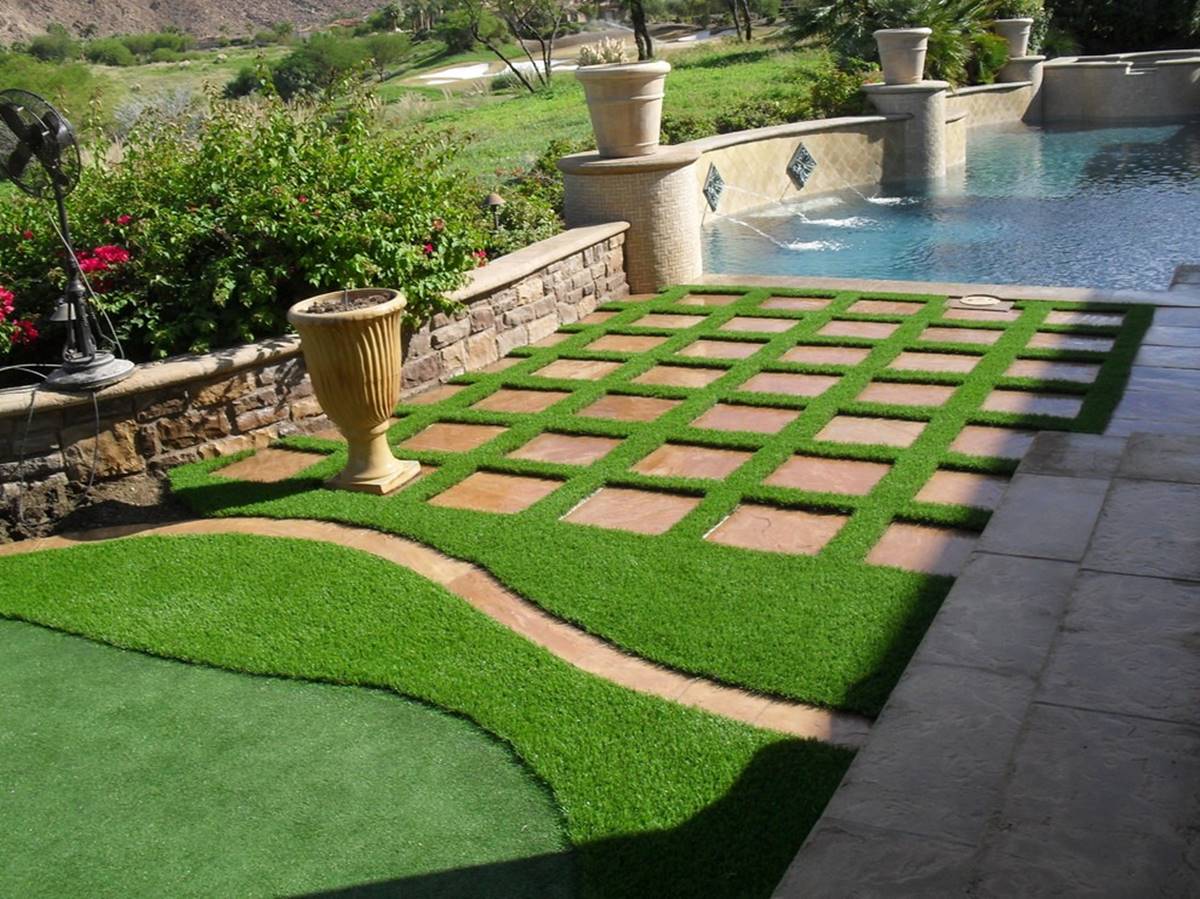

0 thoughts on “How Do You Lay Turf Grass”